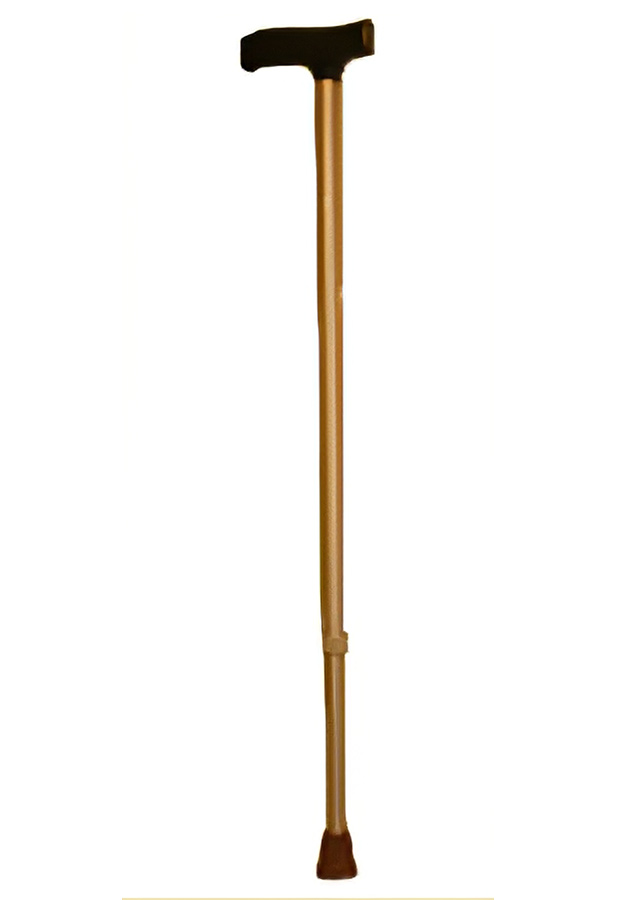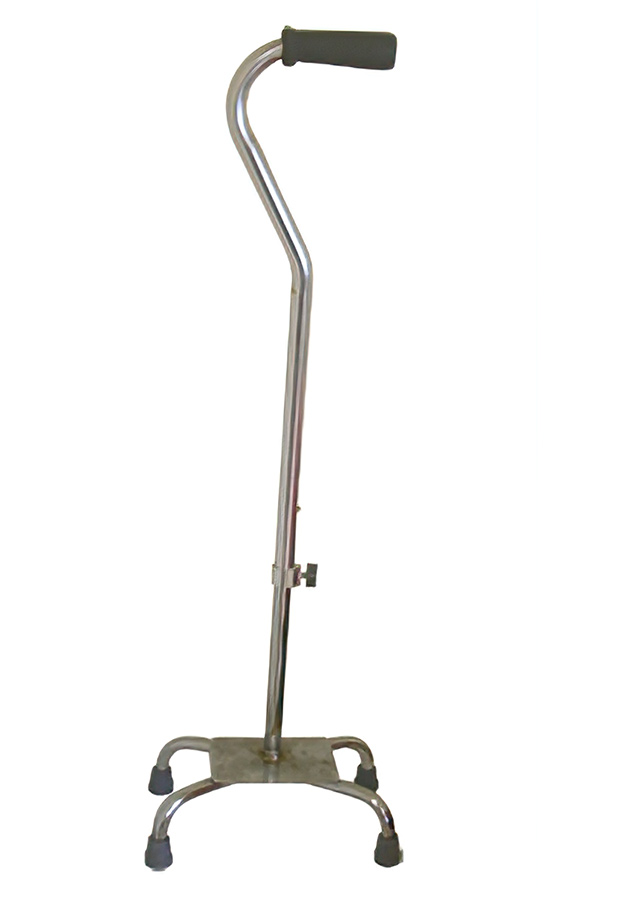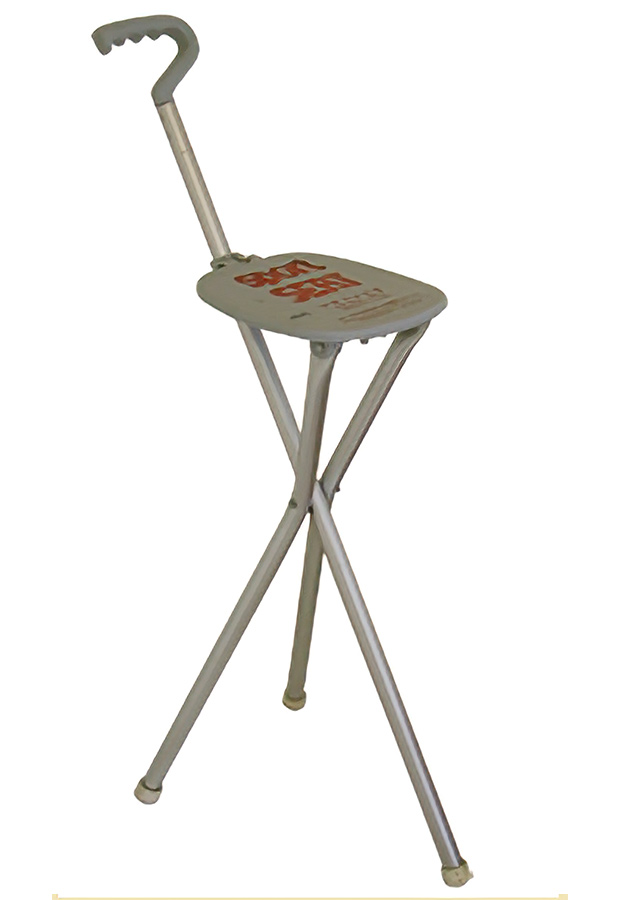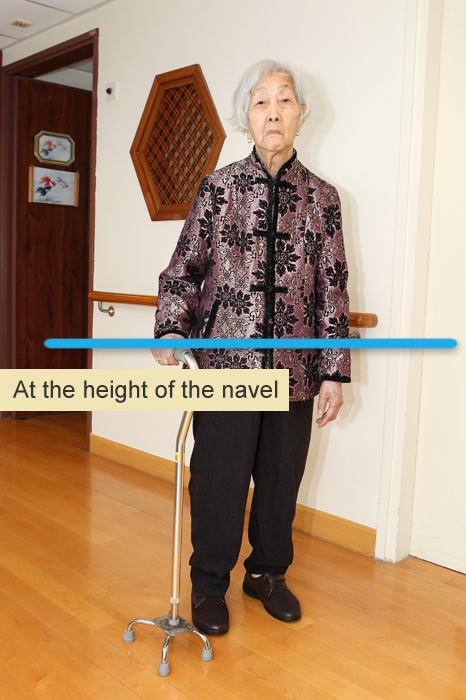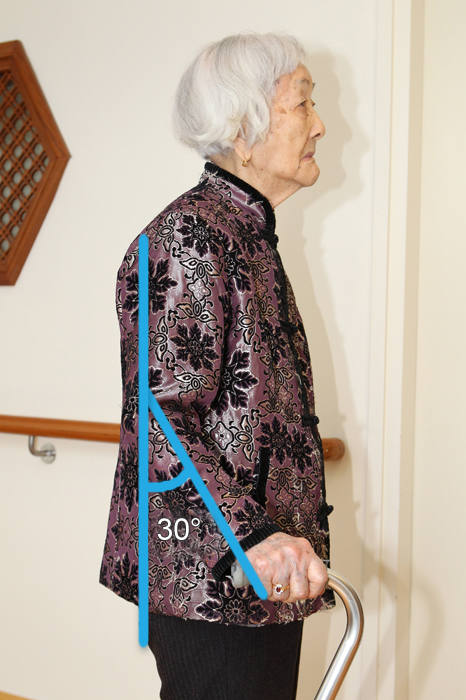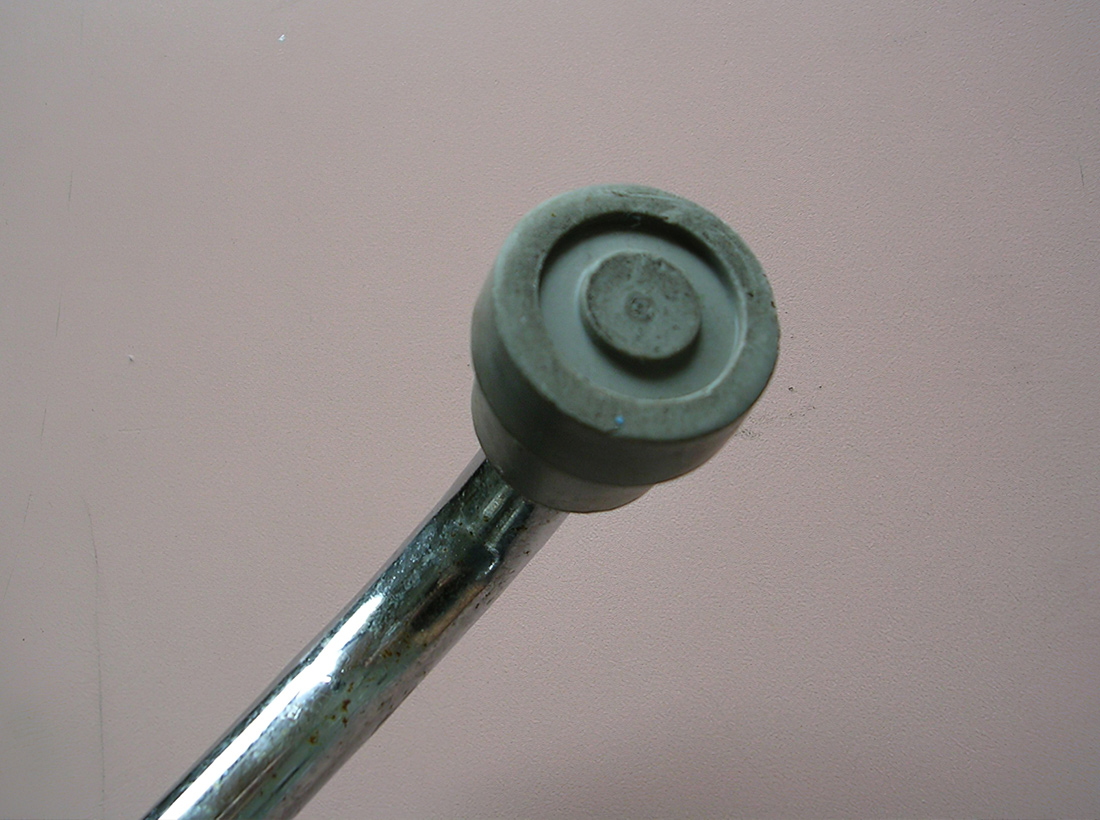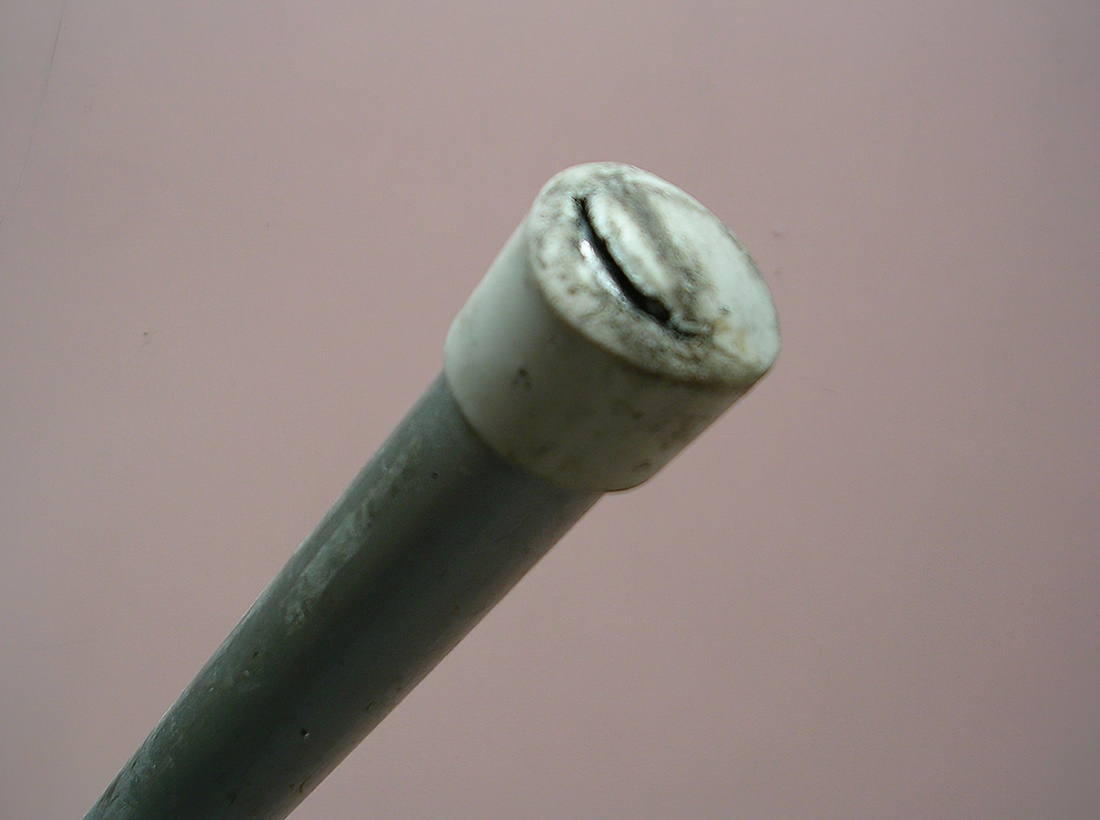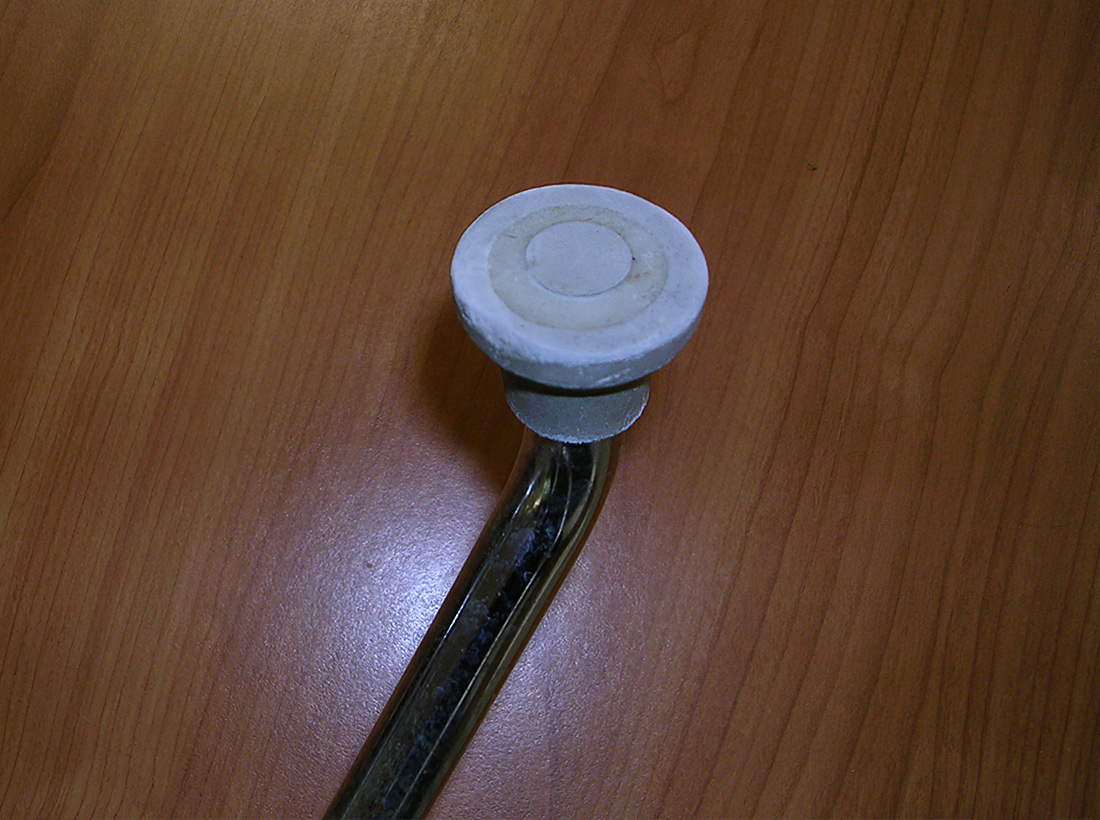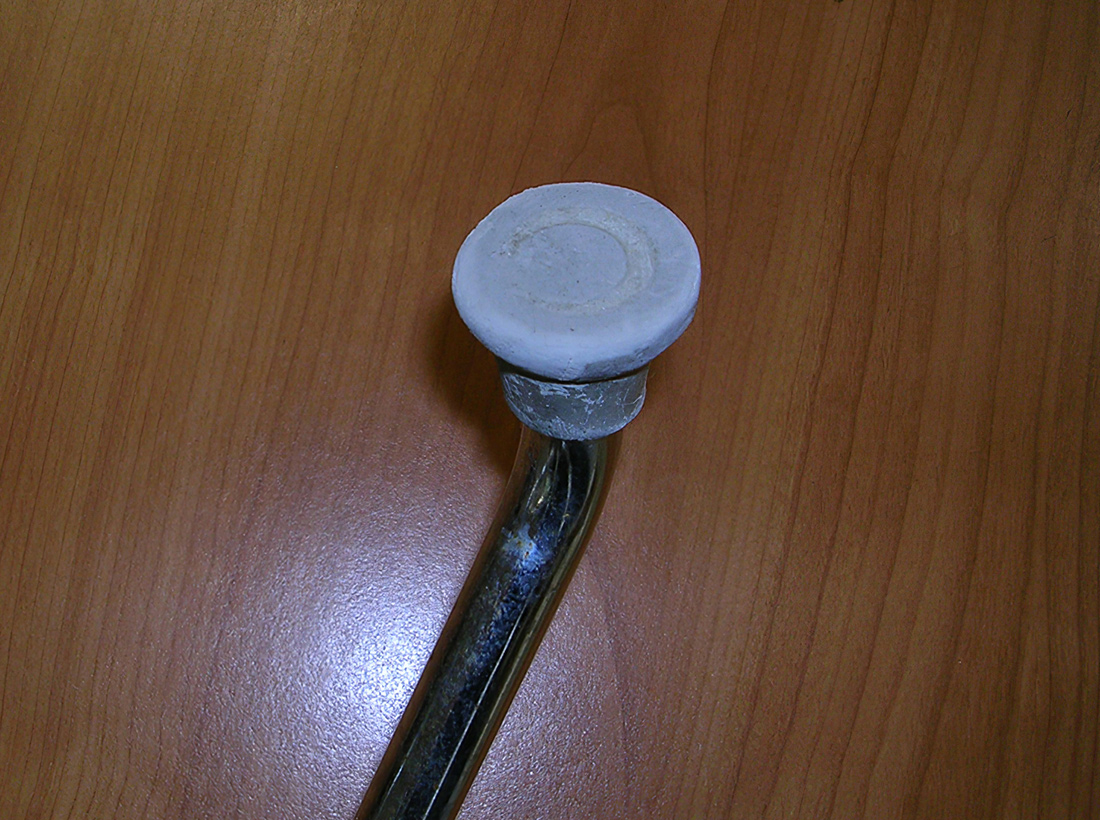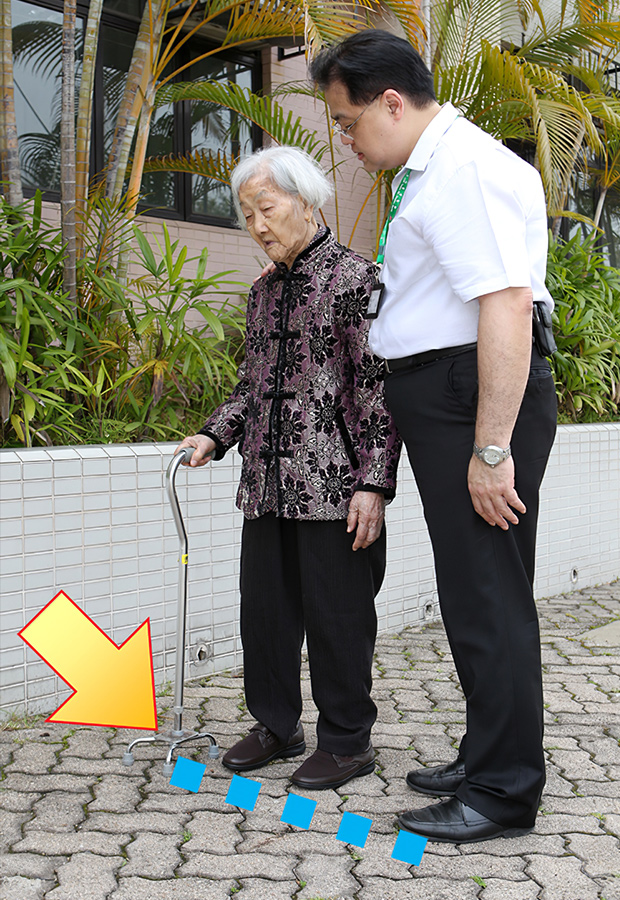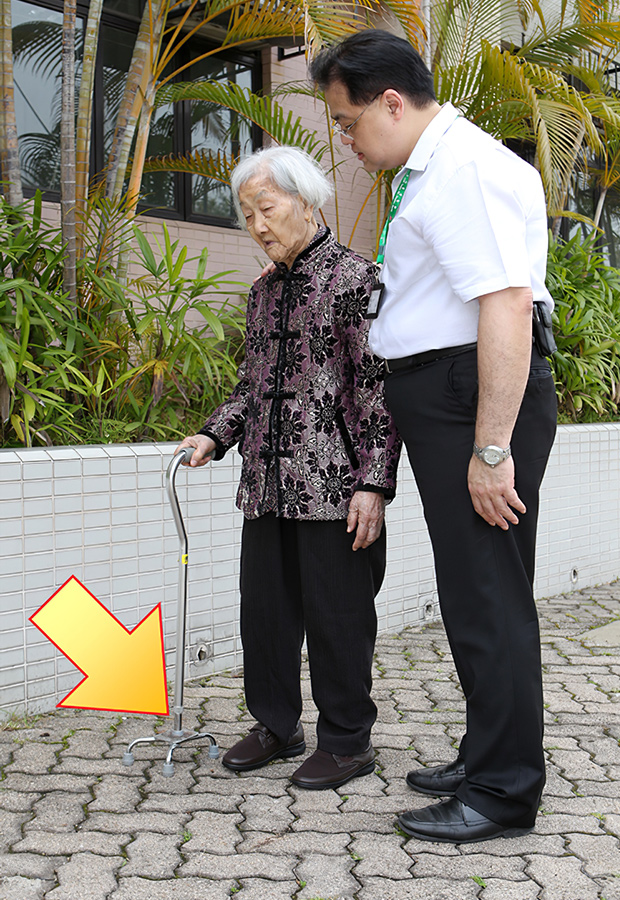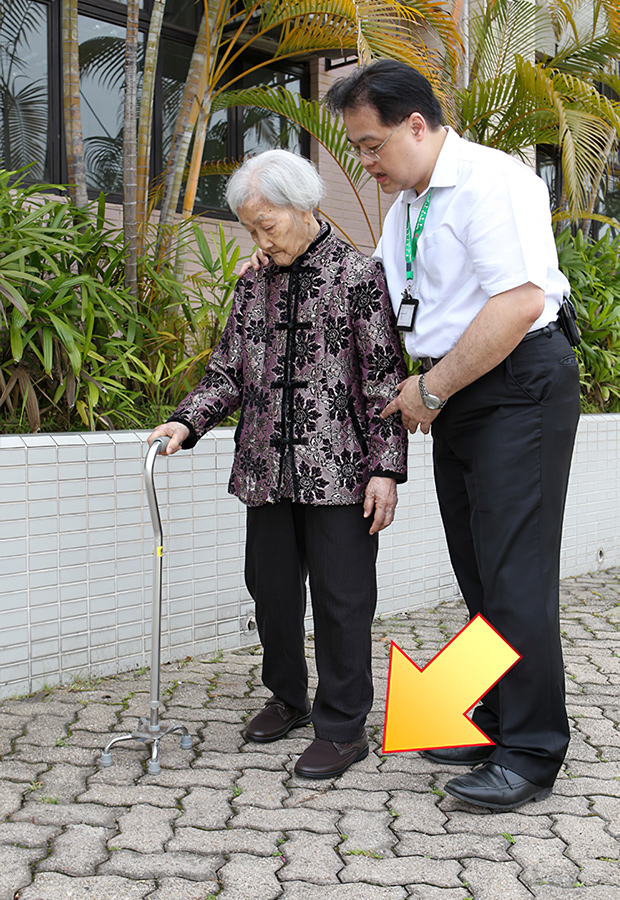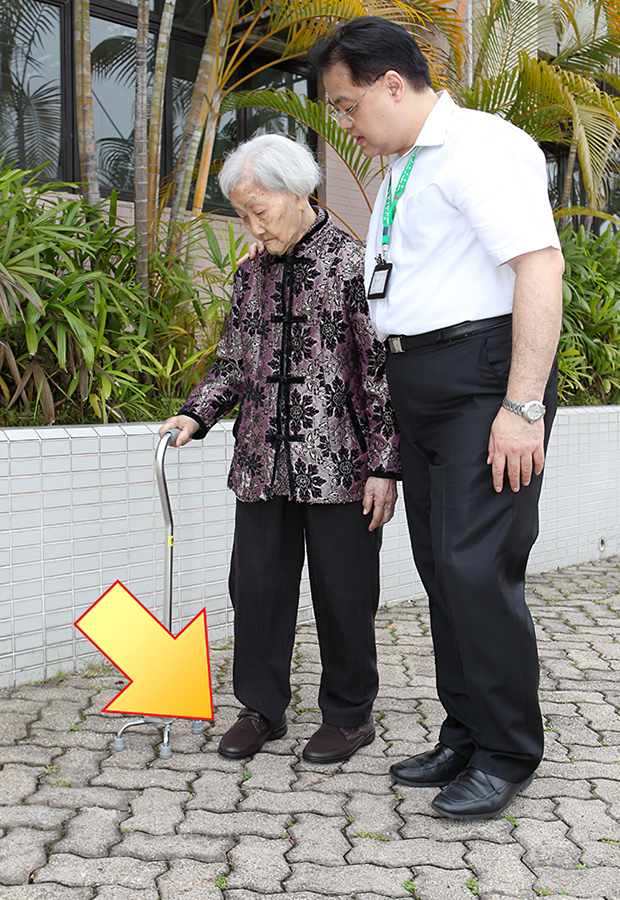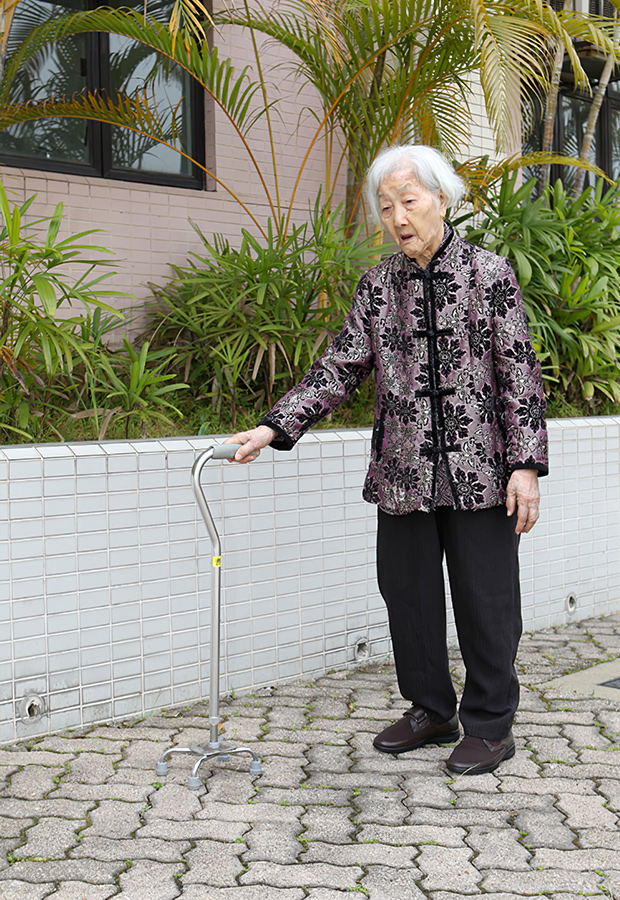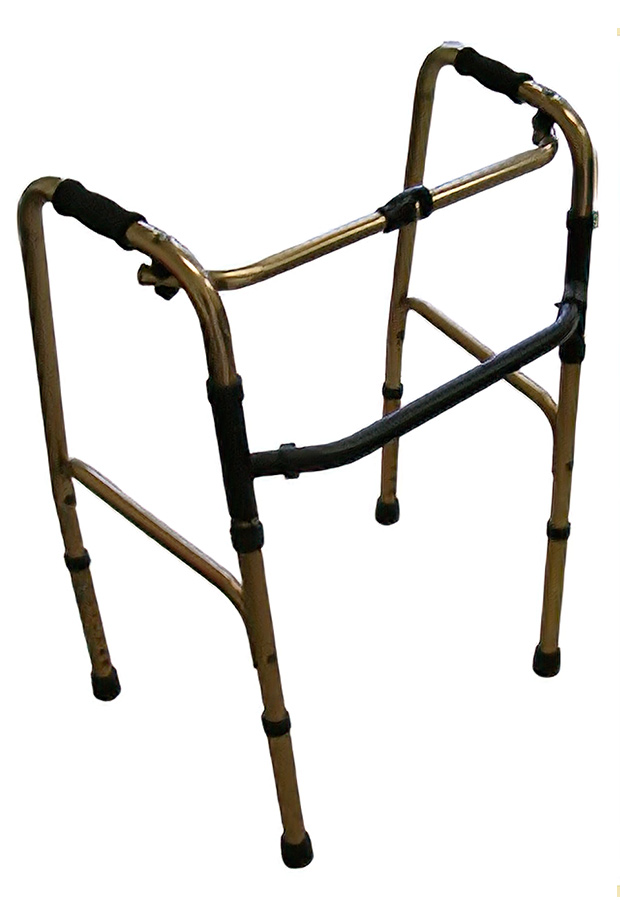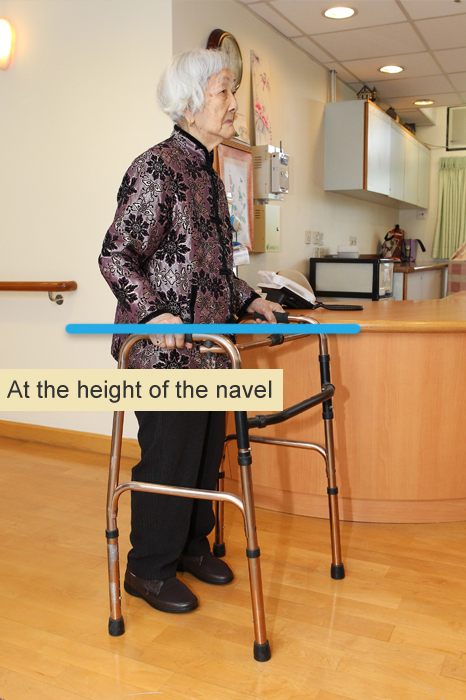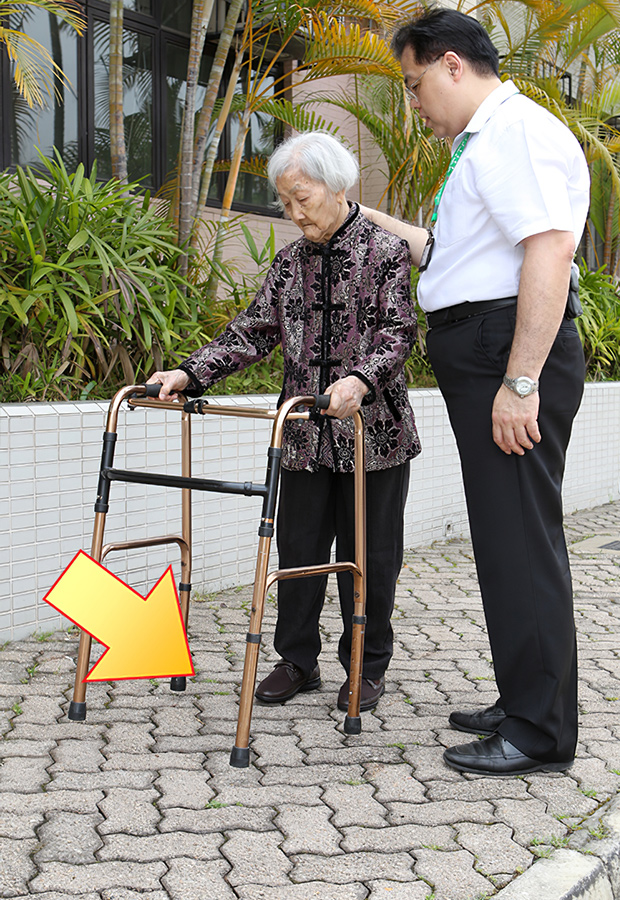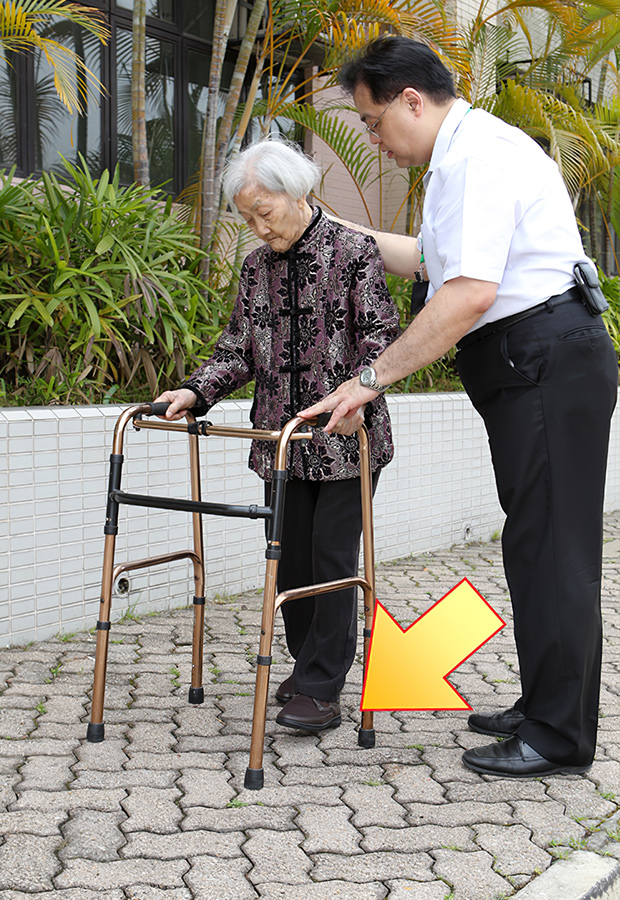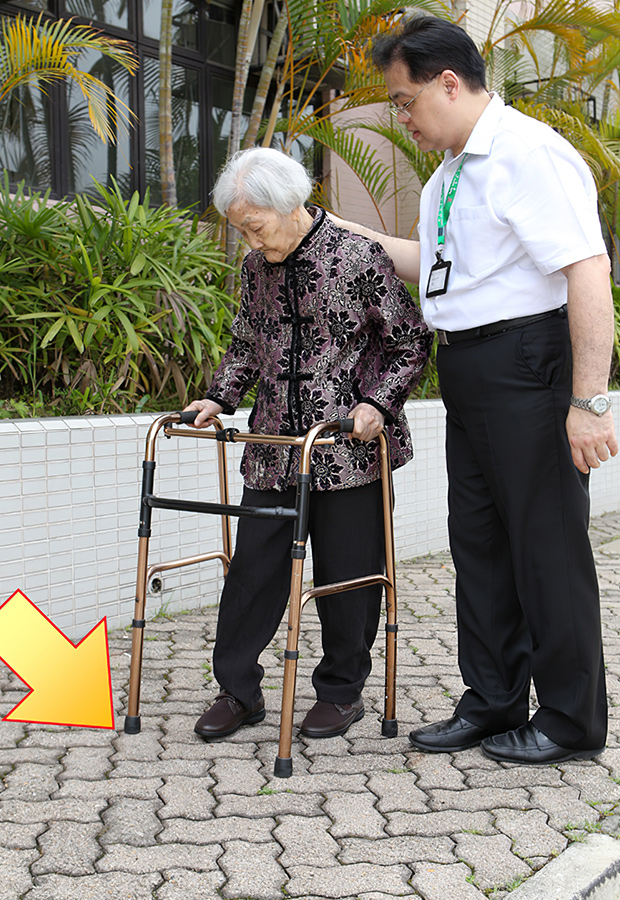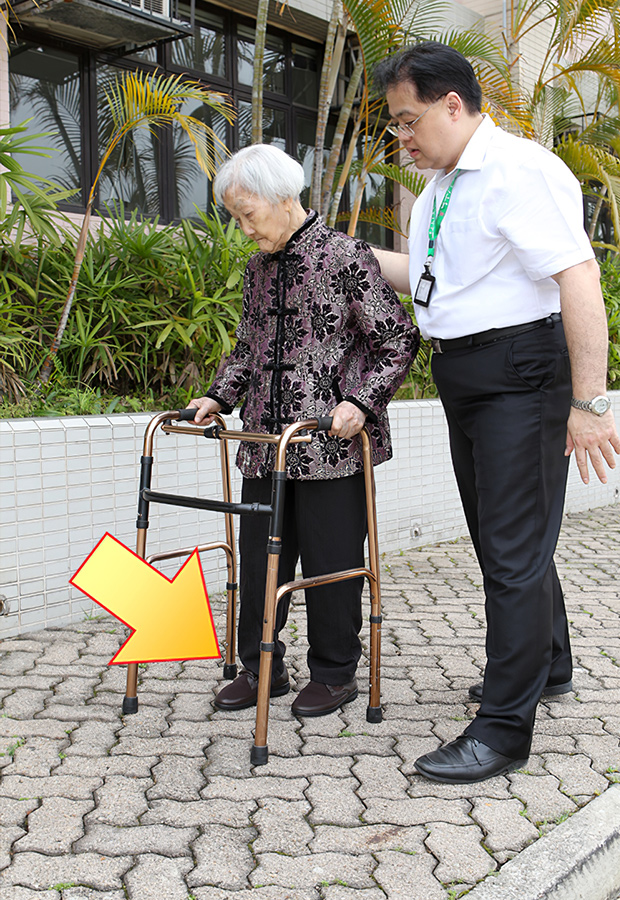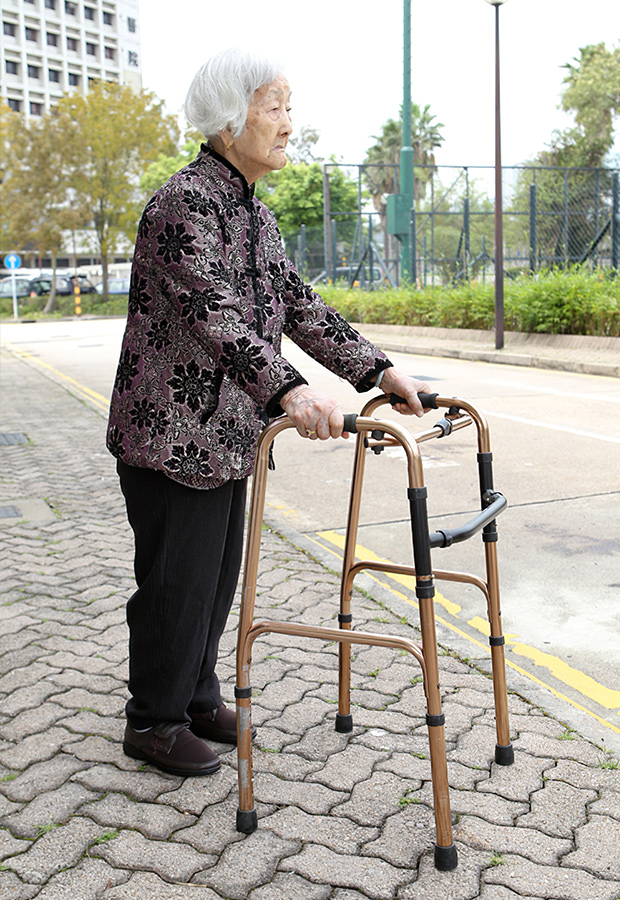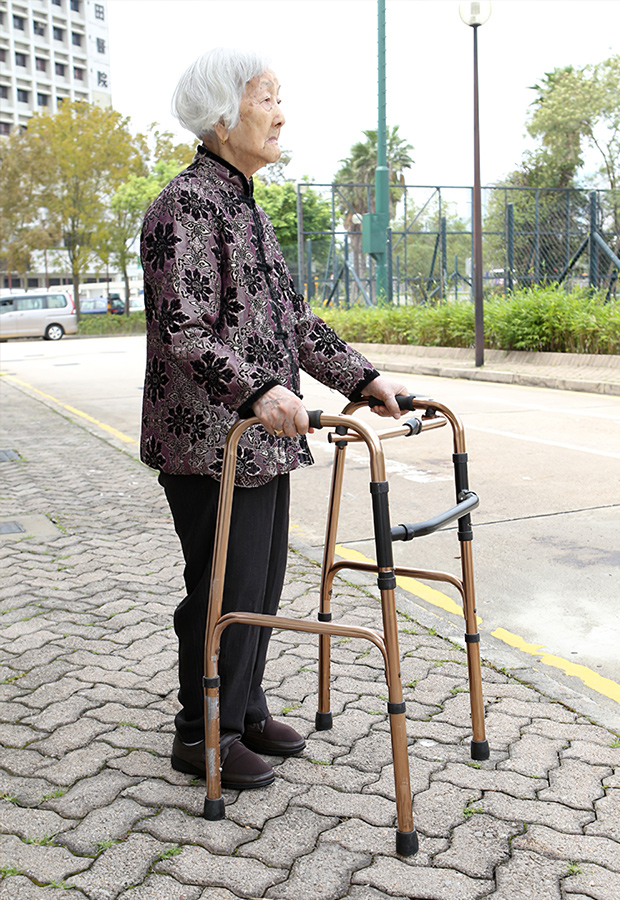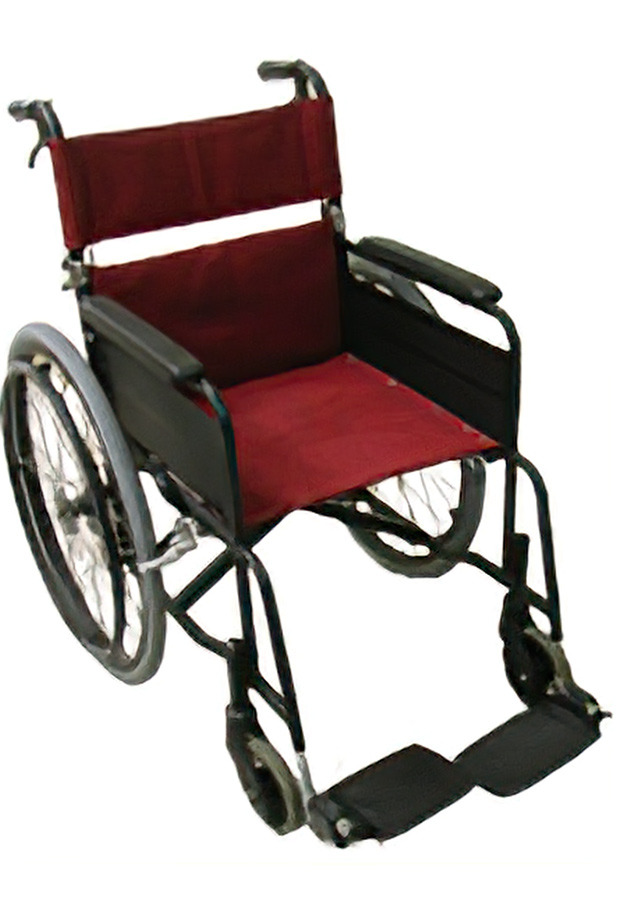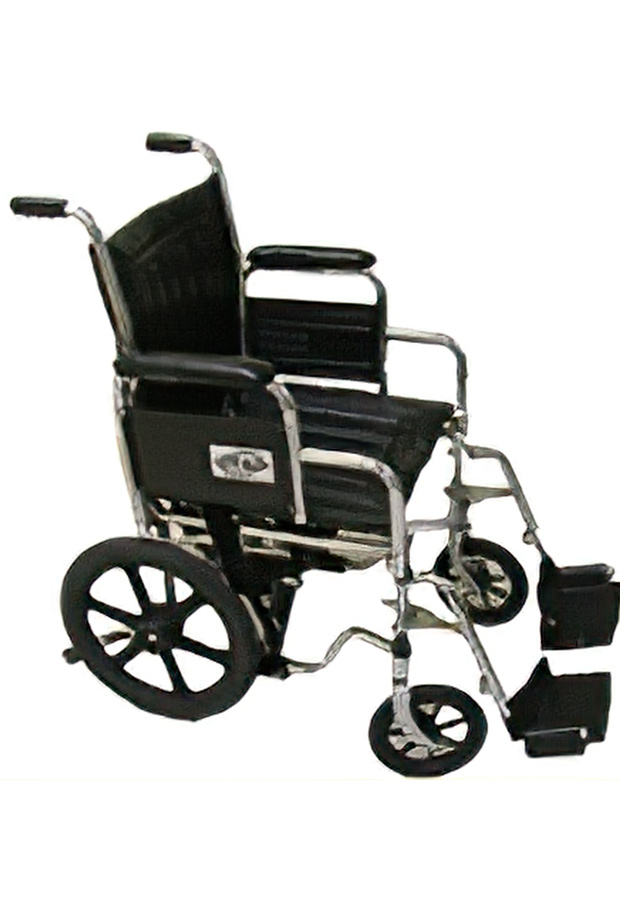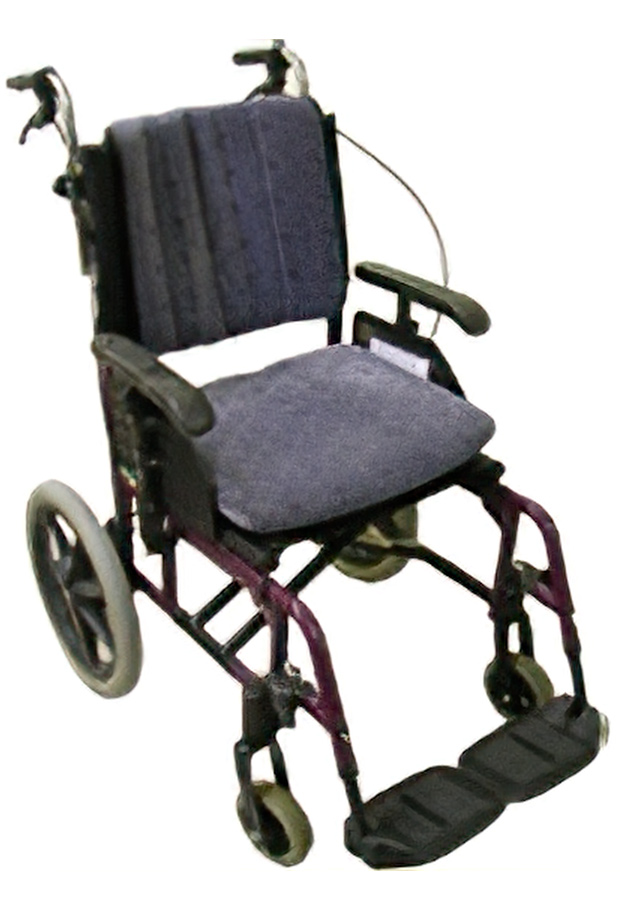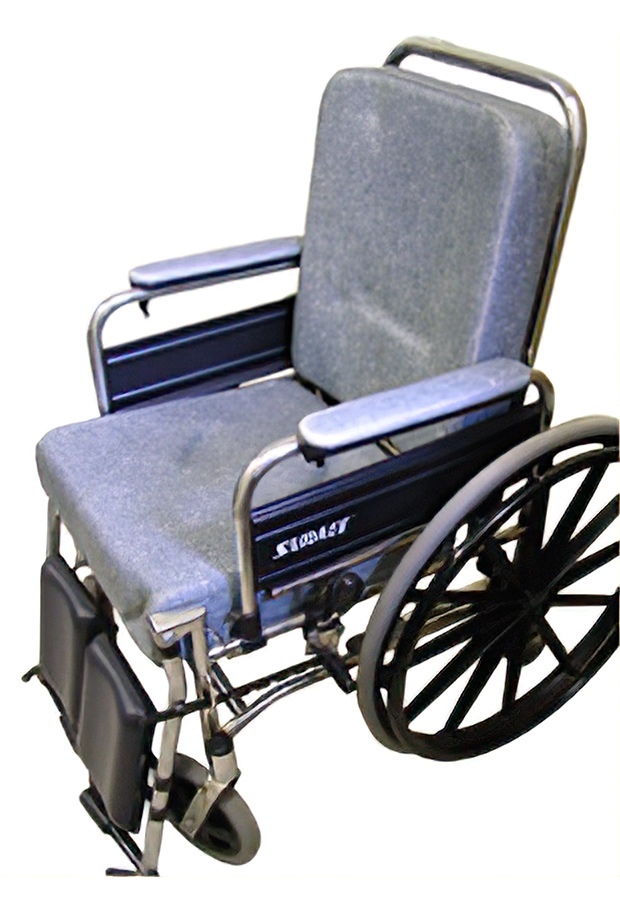CanesExpand
Walking sticks
- Suitable for persons with slight balance problems who feel get tired easily.
- Various choices on of materials and the shape of the handle.
- The optimum weight is 250 grams to 350 grams.
- The length of the handle should be longer than the width of the palm.
- The best shape for the handle is one that the person can grip tightly.
- Should be strong, durable, and allow adjustment of the height.
Tripods
- Suitable for persons with mild balance problems who need more support.
- Various choices of material and the shape of the handle.
- The length of the handle should be longer than the width of the palm.
- The best shape for the handle is one that the person can grip tightly.
- Should be strong, durable, and allow adjustment of the height.
- The direction of the base should be adjustable so that the person will not kick it.
Quad canes
- Suitable for persons with mild balance problems who need more support.
- Various choices of material and the shape of the handle.
- The length of the handle should be longer than the width of the palm.
- The best shape for the handle is one that the person can grip tightly.
- Should be strong, durable, and allow adjustment of the height.
- The direction of the base should be adjustable so that the person will not kick it.
Folding cane seats
- Only suitable for a person without balance problems and with good muscle coordination upon supervision.
- Please seek advice from a physiotherapist before purchasing.
Adjusting the height and maintenance
The height of the handle should be at the height of the wrist when the person is standing straight and with his or her arms down, which is about the height of the navel.
Cane tips should be replaced once the tread wears away.
Using the cane
- Put the cane beside the legs before making the first step. Use the preferred hand or stronger hand to grip the handle tightly.
- Put the cane one step ahead and upright first.
- Step forward with the weak leg after that.
- Step forward with the strong leg next.
- Repeat the same steps: Cane → weak leg → strong leg
WalkersExpand
Walking frames
- Suitable for persons with moderate balance problems.
- Can be folded for easy storage.
- Should make of strong but light materials.
- The height of the frame should be adjustable.
Walking frame with wheels
- Only suitable for persons without balance problems and with good muscle coordination upon supervision.
- Please seek advice from a physiotherapist before purchasing.
Rollator walkers
- Only suitable for persons without balance problems and with good muscle coordination upon supervision.
- Please seek advice from a physiotherapist before purchasing.
Adjusting the height and maintenance
- The height of the handle should be at the height of the wrist when the person is standing straight with his or her arms down, which is about the height of the navel.
- Cane tips should be replaced once the tread wears away.
Using the walker
Walking frame
- Stand inside the frame and grip the handles tightly with both hands before making the first step. Lift the frame up and put it one step ahead.
- Step forward with one leg after that.
- Step forward with the other leg next.
- Repeat the same steps: Frame → one leg leg → the other leg
WheelchairsExpand
Manual folding wheelchairs
- Suitable for persons who have difficulties walking or cannot walk too far.
- Can be folded for easy storage.
- Wheels can be locked.
- Some models have detachable desk arms and swing-away, detachable footrests to assist caregivers when transferring the person.
- Some models have hand brakes for easy control.
- Regular examination of the various functions and wheel condition is needed.
Manual rigid wheelchairs
- Suitable for persons who have difficulties walking or cannot walk too far.
- The solid strong frame cannot be folded.
- Wheels can be locked.
- Some models have detachable desk arms and swing-away, detachable footrests to assist caregivers when transferring the person.
- Some models have handbrakes for easy control.
- Regular examination of the various functions and wheel condition is needed.
Electric wheelchairs
- Only suitable for persons without balance problems and with good cognitive functions upon supervision.
- Please seek advice from a physiotherapist before purchasing.
Materials
-
Stainless steel
- Strong, rusts very slowly, easy to clean.
-
Aluminium/duralumin
- Light, rusts slowly.
- More expensive.
-
Iron
- Heavier than aluminium and duralumin, but lighter than stainless steel.
- Strong but rusts easily.
Wheels
-
Pneumatic tires (air filled)
- Less expensive, easy to replace.
- Absorb shock better so the person can have a smooth ride.
- Regular pumping up is required to maintain air pressure.
- Regular maintenance with anti-puncture liquids is needed.
- Puncture-proof tires are recommended to avoid accidental deflation.
-
Solid tires (made of rubber or plastic)
- More durable.
- The whole wheel must be replaced upon damage.
- Less capable of absorbing shock.
- No need for regular pumping up and maintenance.
- More durable.
Seat and back
-
Nylon
- Airtight.
- Durable, easy to clean, dries quickly.
- Will stretch after prolonged use.
- Will not stretch.
-
Vinyl
- Airtight.
- Durable, easy to clean.
- Absorbs heat under sunlight.
- Will not stretch.
-
Cloth
- Air can flow through.
- Dries quickly.
- Will not absorb heat under sunlight.
- Will stretch after prolonged use.
Choosing the wheels
- Rear wheels: Bigger wheels range from 20 inches to 24 inches in diameter; smaller wheels range from 12 inches to 15 inches.
- Front casters: Casters range from six inches to eight inches in diameter.
- Users who want to push the wheels themselves should choose larger wheels.
Choosing the desk arms and footrests
-
Desk arms
- When the person is sitting on the wheelchair with his or her back against the back of the wheelchair, the elbows should move into a 90-degree position with the forearms resting on the desk arms.
- The desk arms are removable on some models for easy transferring.
- The height of the desk arms is adjustable on some models so the person will feel more comfortable.
- Longer desk arms can provide support for the forearms while shorter desk arms allow the wheelchair to be pushed closer to a table.
- Sitting in a wheelchair with desk arms that are too high will make the shoulder muscles become too tight.
-
Footrests
- The hip, knee, and ankle joints should move into 90-degree positions when the person sits on the wheelchair.
- Some models come with swing-away detachable footrests for easy transferring.
- The length of the footrests is adjustable on some models so the person will feel more comfortable.
- Sitting in a wheelchair with footrests that are too short will increase pressure at the hip.
- The legs of the person may slide out of the footrests when the footrests are too long.
Choosing the width and depth of the seat
-
Width
- The width of the seat can range from 16 inches to 20 inches.
- The width of the seat should be about the width of the person's hips. A seat that is too tight or too wide could be dangerous for the person and harmful to his or her physical health.
-
Depth
- The depth of the seat can range from 16 inches to 17 inches.
- A person can easily slide out if the seat is too deep.
- The thighs will not have enough support if the seat is too shallow.
- Seat cushions can be purchased upon the recommendation of a physiotherapist.
- The seatbelt should be fastened when a person sits in the wheelchair to prevent sliding and accidental falling.
Pushing the wheelchair
- Let the person sit up straight in the wheelchair, with his or her back against the back of the wheelchair.
- Place the feet on the footrests.
- Place the hands on the desk arms or on the thighs.
- Fasten the seatbelt.
- Push the wheelchair.
- Please see "Safety Issues"
- Lock the wheels when you want the wheelchair to stay in one place.
